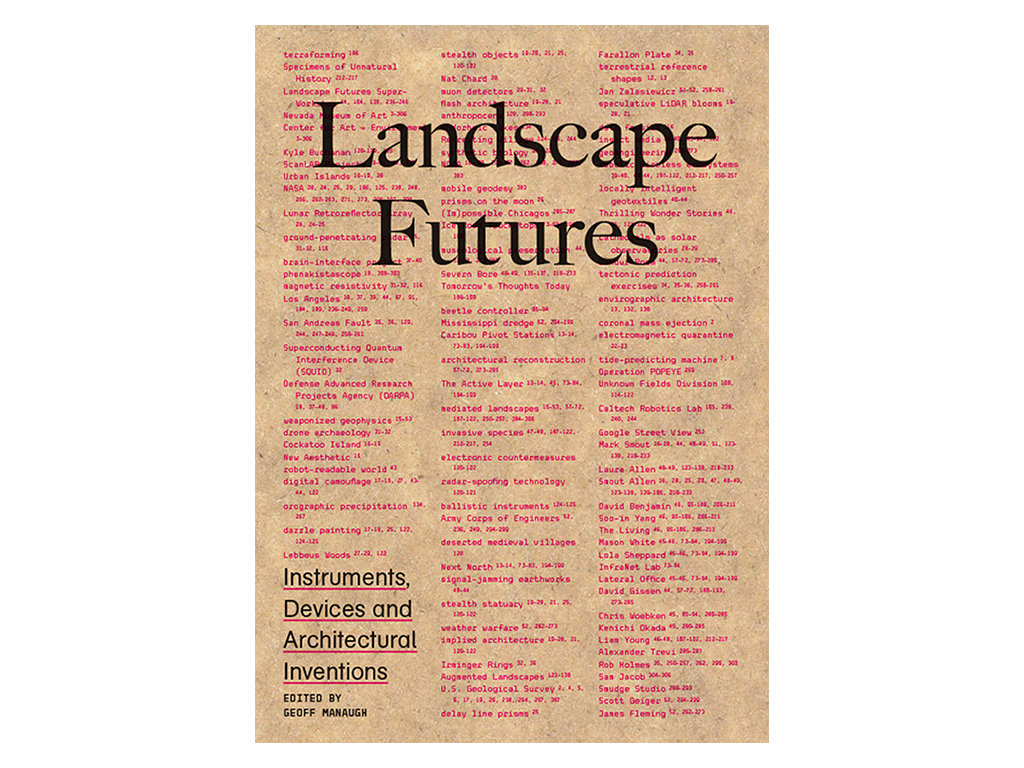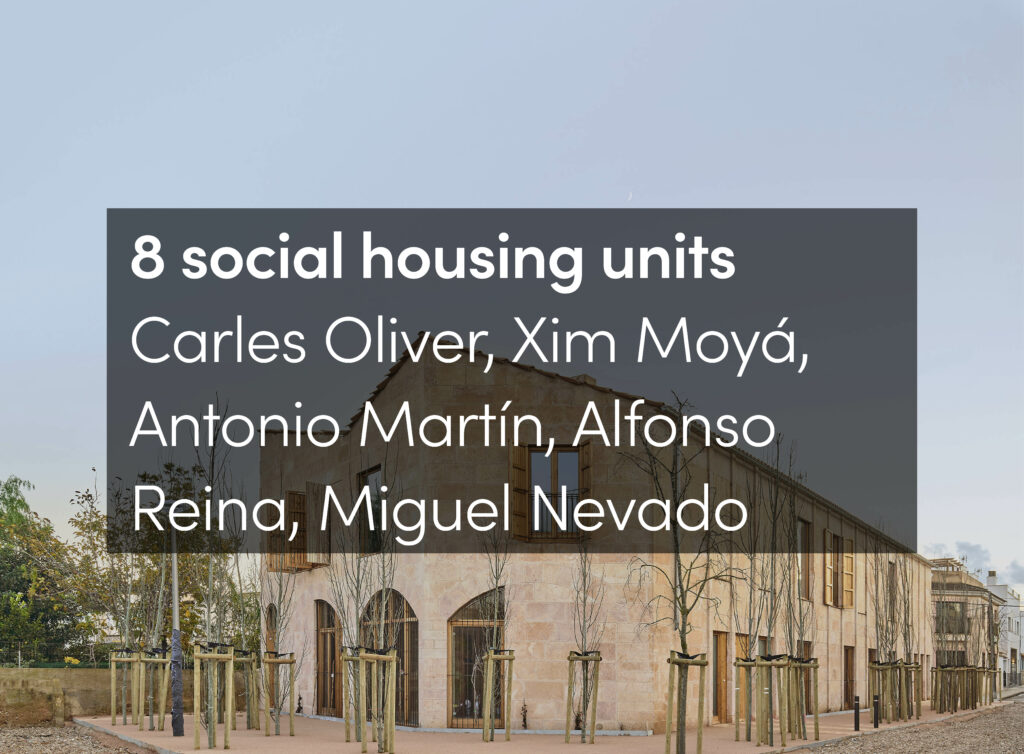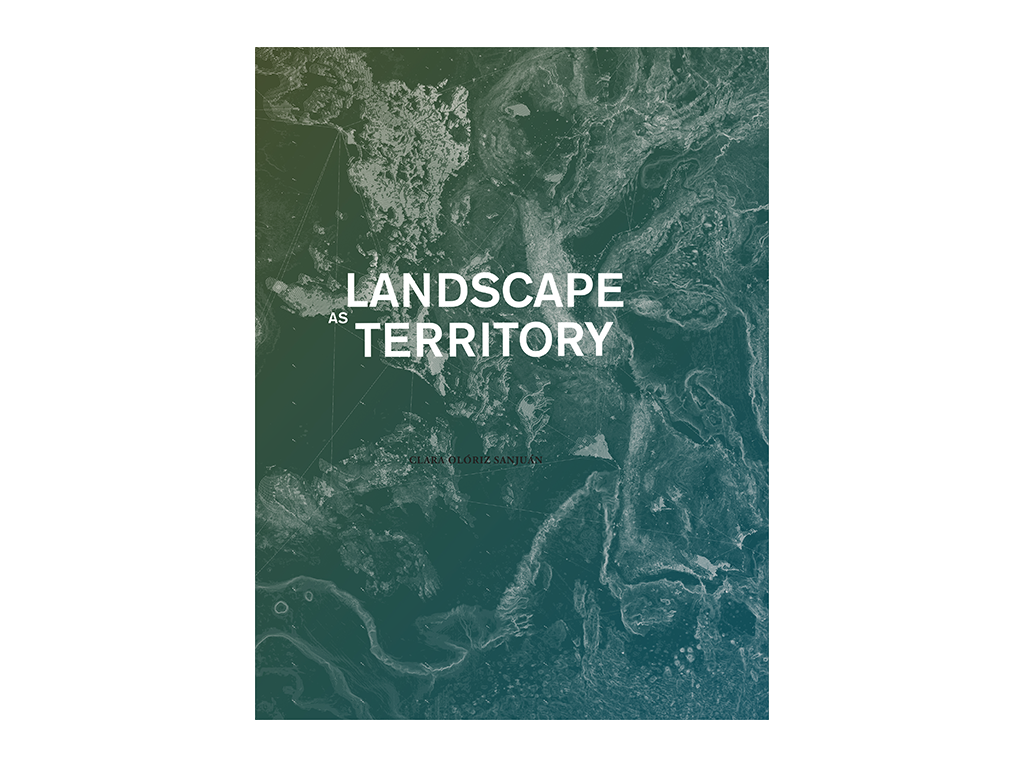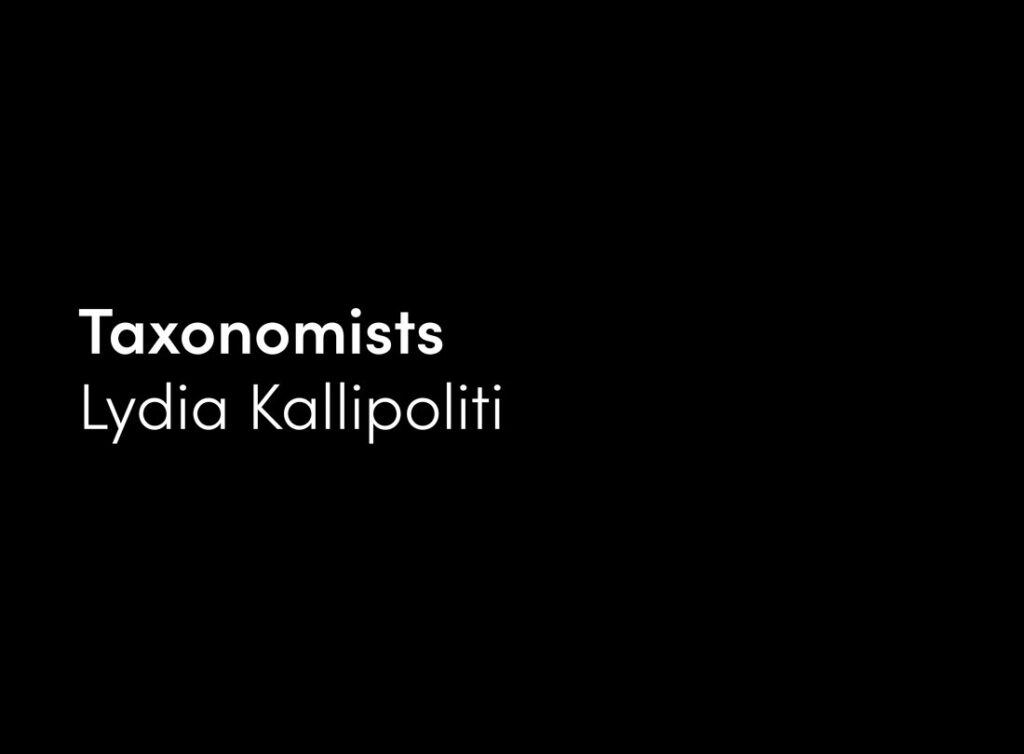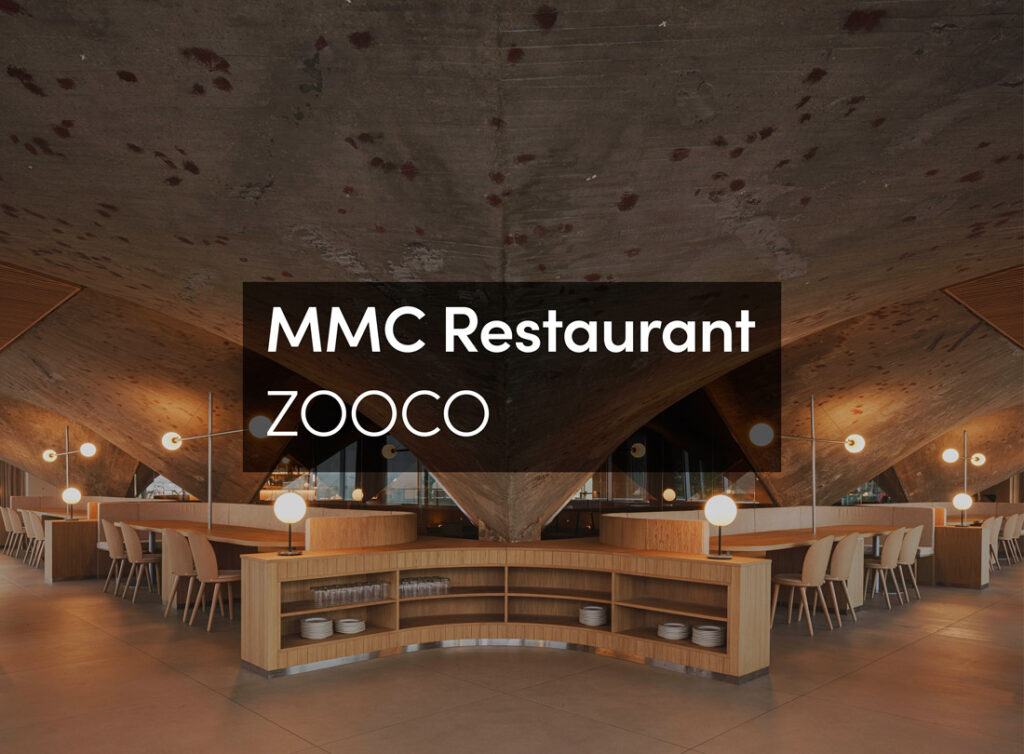What turns landscapes into landscapes of pressure is, in the first place, a map—a scaled register of the territory in which the simulacrum of an envisioned project is set. What matters for the project, its promoters and its investors is the territory’s location: the coordinates, proximities, political context, municipal boundaries and infrastructures previously set in it. What is also important is its supposed availability; its emptiness and its disposition to be filled; its quality of being a remnant, a terrain vague seen as a receptacle of promises, possibilities and expectations, as Ignasi de Solà-Morales wrote.[1] What does not matter is the territory’s idiosyncrasy—its inner logics, historic traces, gradations of rurality and productivity as such. As pure surface and constructible land, it is subject to the logics of the global economy and consequently converted into an object of speculation. Its contemporary context is globalization, which increasingly bypasses the national state and, therefore, effects an integral reconfiguration of the urban scale.[2]
Under these conditions, it is the map “that engenders the territory”, as Baudrillard writes, as a “precession of simulacra”.[3] Precedent forms and acts of speculation filled other parts of that same map, representing the edges of a Spanish metropolis, some years ago. Expansionist urban policies and planning practices of the last two decades, the creation of a real-estate bubble and its final bursting with the advent of the financial crisis have engendered a dramatic change in the real Spanish landscape. What was urbanized at an astonishing pace in the first decade of the 21st century has been left behind unfinished and now constitutes urban fringes, vast suburban fields and even natural resorts, especially along the Spanish coast, that are scantly populated ghost towns of orphaned housing structures and half-finished infrastructures all over the country.
Territories where flows of global money enhanced local urban development as well as real-estate speculation are facing a sudden standstill as one of the consequences of the global financial crisis. As such, the urban peripheries offer a perfect portrait of social pressure, where construction and the real-estate sector boomed at an astonishing rate until the financial crisis broke out.
Mapping Eurovegas
While there was no proposal to address, much less solve, this urban and social challenge, it was followed by an even bolder and less sustainable urban project: the inscription of Eurovegas, either in the plains of Madrid, beyond these half-finished, scantly inhabited residential developments, or in the fertile peri-urban farmland and territorial reserves of the metropolitan area of Barcelona. For two years, an updated copy of Las Vegas, partly financed by the Las Vegas Sands company on European soil, a conglomerate of mega-casinos of uncertain financing, a complex of 800 hectares with casinos, hotels, golf courses, shopping and convention centres, became the political asset of the moment.
Politicians armed themselves with a map when they stepped onto one of the plots they had previously pointed to as a piece of land to host the simulacrum of a supposedly wealth- and growth-inducing project. Maps of suburban Madrid versus maps of peripheral Barcelona were overwritten in a frenzied contest to attract the global investor; Getafe, Leganés, El Molar, Torrejón de Ardoz, Paracuellos del Jarama, Valdecarros and Alcorcón on the outskirts of Madrid jostled with the villages and urban regions of Montcada i Reixac, Gavà, Abrera, Terrassa, Sant Boi, Cornellà, Viladecans and El Prat de Llobregat in the metropolitan area of Barcelona. All were ready to lose their scale on paper—and, eventually, in reality—and abandon their original connotations and identities to be related to the mega-project.
Meanwhile, local people drew their own maps, published the land in question online and led protest marches and routes of discovery through the threatened landscapes, and rallied to protest against this contemporary version of Bienvenido, Mister Marshall and the introduction of Las Vegas as a new urban model for Spain.
The sheer imposition of the project onto the urban discourse and the imaginations of politicians and citizens as a promise for some and a threat for others, its inscription onto the map and even its ultimate failure has put these urban outskirts under pressure and definitively changed their meanings.
What constitutes these territories, which are impregnated by the simulacra of a gambling city, “whose shreds slowly rot across the extent of the map”?[4] Their seemingly irrelevant idiosyncrasies are what the photographs that accompany this essay explore, as well as, to quote Marc Augé, “the singularity that constitutes them and the universality that relativizes them”.[5]
Madrid’s (sub)urban edges after the boom del ladrillo
Where the Spanish capital encounters the landscapes of the Meseta, the dry Castilian plateau that contains and surrounds it, the meetings of urban and rural are harsh and abrupt. The liminal zones of the metropolitan area are perhaps the most radical indicator for the expansionist urban policies and rampant planning practices of recent decades. These urban edges dramatically illustrate the impacts of the real-estate bubble and its final bursting with the outbreak of the financial crisis and the resulting decadence of mass housing projects in the last five years. They are monumental reminders of the failure of suburban dreams and the dissipation of resources, and a symbol of the negative impacts of uncontrolled speculative urban policies.
Immense satellite towns, the largest of which was built to provide new homes for 75,000 people, had been planned since the mid-1990s as part of Programas de Actuación Urbanística or Programmes of Urbanistic Action (PAUs). This took the form of converting rural land into new satellite towns with low densities, vast open spaces and few places for public and community activities.
These new towns, hostile and non-urban in design, comparable to the mass-produced urban fabrics of the early 20th century and the housing estates of the Franco era, extended into the landscape. Their encounter with the rural quickly became a physical symbol of the failure of blind urban expansionism. The largest of these developments, Vallecas, foresaw the construction of 28,000 new flats. The extension of Valdecarros, a kind of mega-PAU further southeast, envisaged the construction of a further 48,000 flats, a new business district and several amusement attractions. It is currently at a standstill, an involuntary urban monument to the post-boom.
What remains are unfinished, scantly populated ghost towns: skeletons of multi-storey housing structures, networks of wide asphalted streets and unconnected street lamps lining car parks that end in fields, rows of benches overlooking empty ponds and half-inhabited apartment blocks with bricked-up basements of shops that have never opened their doors.
Beyond the skeletons of Valdecarros
What can one hold onto in these wastelands of architectural surplus? Will the mutilated landscape ever merge with the built structures that consume it? Or is the clash of the two, and the aesthetics of their discordant encounter already a condition of our post-modern existence?
On this periphery of peripheries, the large car parks of Ikea, do-it-yourself mega-stores and 24/7 supermarkets hint at unlimited consumption and wellbeing. The rural has lost its rurality, but the urban has not yet acquired urbanity. Vestiges of dry but colorful vegetation, plains and hills rub shoulders with unfinished concrete structures, empty walled courtyards and fenced-off wasteland for sale.
Faced with the consequences of these unbridled expansionist urban policies, surely the big question is “What comes next?” Is there any idea of how to deal with what has already left harmful traces?
Junket-urbanism for two cities in crisis[6]
These questions remain unanswered, and apparently no lessons have been learned. With the question of the future of these ghost towns still in the air, the land beyond their unfinished skeletons was already being gambled for more. Valdecarros seemed to be one of the options to bring Eurovegas within reach of the Spanish capital. The investor called for 1,000 hectares of development land, and the offers soon came, from Barcelona, too, triggering a game of urbanistic poker fired by the eternal rivalry of the two cities, long since of national impact.
Barcelona, the Catalan metropolis that claims to be Spain’s leading smart city, a resourceful, productive, self-sufficient urban agglomeration, also envisioned the mega-casino project as an economic paradise and a solution to the ongoing financial crisis. Accordingly, it staked highly on the gambling table. This represents a trend of the first decade of the 21st century, which saw the city proclaiming further extension and promotion of the tourist industry and event-oriented architecture of consumerism as motors for urban development. The ongoing competition with Madrid is another driving force. At the same time, the city’s planning apparatus offered few urbanistic tools with which to prevent the commercialization of the city and the loss of its reputation as a compact, socially-oriented and integrative city.
The Barcelona option: urban agriculture versus casino clusters
For the construction of the macro-casino, Barcelona was even prepared to sacrifice the last remaining farmland and truly self-sufficient reserves. The Prat de Llobregat delta in the west of the metropolitan area, selected to compete with Madrid’s hinterland for the installation of the casino complex, betrays its ecological and regional significance in its name: the Llobregat river meadow. This area of 3,350 hectares, apart from being a natural resource, a strategic wetland and the site of a major aquifer, produces 15% of Catalonia’s entire agricultural production: 22,000 tonnes of vegetables a year.[7] It is home to micro-industries with 1,500 agriculture-related jobs and is an important natural resource within the metropolitan area of Barcelona. Faced with the American magnate’s interest in setting up the European Las Vegas on this land, the Catalan Government did not hesitate to commission a local architecture practice to reclassify the land and turn farmland into buildings for gambling and tax-evading leisure activities.
In terms of tourism and a productive economy, “Catalonia aims to be the Massachusetts of Europe”, said the head of the President’s Office in an open letter that came as a response to critical voices and declared that it would be irresponsible of the Catalan government not to study this “great opportunity” with respect to the “volume of tourists” it could attract.[8] The choice of El Prat nonetheless reduces the whole concept of landscape productivity to absurdity. It neglects the richness and multi-layered logics of a working landscape and leads to an extreme conflict between the role of local production and cities’ increasing tendency to “[transform] themselves into platforms of production for the global economy.”[9]
The delirious gamble has begun (and the die is cast)
In early September 2012, Madrid was chosen by the American investor, winning the game over the project. After a long and obscure dispute between Valdecarros and the alternative location of Alcorcón, the American magnate chose the latter as the largest uninterrupted territory just ten minutes away from the centre of Madrid. The local government had offered whatever was requested: unlimited building heights for the complex’s skyscrapers (in a second phase, completed in 15 years, it would host Spain’s tallest skyscrapers), a new high-speed train stop and perhaps a new airport. “We will change any urban planning regulations that need changing”, said Madrid’s Councillor for Justice in a television interview early in 2012.[10]
Instead of taking this defeat as proof of its stricter respect for legislation and concentrating on criteria of sustainability and new opportunities for resourceful landscape urbanism, Barcelona presented another phantasmagorical project the very next day: Barcelona World, located in the province of Tarragona, was to be financed and run by a questionable businessman who had made his fortune in the real-estate bubble and convinced the son of a Chinese magnate to invest in this counter-response to Eurovegas that will include six theme parks and several hotel complexes with a total of 12,000 rooms.[11]
Meanwhile, changes to land legislation were being pushed through in the autonomous region of Madrid—even the smoking laws were to be revised—to bring the vast plains beyond the old village centre of Alcorcón closer to a 6-17 billion investment, 72,000 jobs and another 15,000 in its construction, which required, in return, legal changes in the admission of foreign labour and the prevention of money laundering, social security exemptions, free availability of public land and the relocation of a large existing rubbish dump.
Leaving Eurovegas.[12] On the limits of expansion and utopia
Alcorcón, the land that was likened to the Mojave Desert for nearly two years, now stands for unfulfilled promises and the failure of the project.
By December 2013, the game was suddenly over. It was reported in the press that Las Vegas Sands had asked for exemption from legislative changes or compensation for them, conditions to which the Spanish government simply could not agree. “We do not see a way to continue this large-scale development”, declared Adelson in a press statement in mid-December. He abandoned Madrid with the words: “Developing integrated resorts in Europe has been a vision of mine for years, but there is a time and place for everything and right now our focus is on encouraging Asian countries, like Japan and Korea, to dramatically enhance their tourism offering through the development of integrated resorts there.”[13]
Suddenly, Eurovegas has become a dystopia, and the ultra-modern future has disintegrated into territorial debris under the pressure of empty words. “Such a superiority, such an originality, made the moderns think they were free from the ultimate restrictions that might limit their expansion. Century after century, colonial empire after colonial empire, the poor pre-modern collectives were accused of making a horrible mishmash of things and humans, of objects and signs, while their accusers finally separated them totally—to remix them on a scale unknown until now”, writes Bruno Latour.[14]
Spain, thriving for eternal modernization, has blindly served as a territorial laboratory for the American investor. In this sense, it changed places with its former colonies, vast parts of American territories, and marked the start of another period in this new era of recolonization, determined by the limits of capitalism and the challenges of globalization.
Looking out over the grain fields beyond Alcorcón, with your back to the precarious structures of a decade of rampant capitalism, you can once again admire the power of simulacra and the imagination of the unknown scale. We might wonder what was more surprising: the blind belief in simulating wellbeing by repeating the failed logics of a recent past or the phantasmagorical project itself. Are we not, in fact, facing “the desert of the real itself”?[15]




